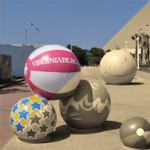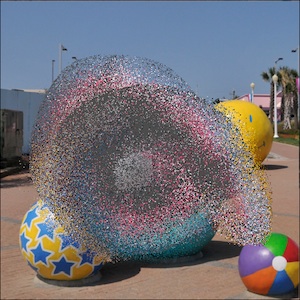 You need to know how image filters work! You’re writing an HTML5 application that works with images and you’d like to let your users dynamically alter the brightness of their images. Or maybe you’d like them to be able to give their image a vintage look…. or convert it to black and white to give that sense of drama…
You need to know how image filters work! You’re writing an HTML5 application that works with images and you’d like to let your users dynamically alter the brightness of their images. Or maybe you’d like them to be able to give their image a vintage look…. or convert it to black and white to give that sense of drama…
Wouldn’t it be great if you knew how to apply cool image effects such as these from JavaScript dynamically? Would you like to learn the code behind how these image filters work? You totally can… This article will give you the fundamentals for basic image processing using the HTML5 Canvas API. You’ll learn how to write code that accesses an image’s pixel data and transforms this pixel data programmatically to perform cool image effects. Click here to try the sample app.
